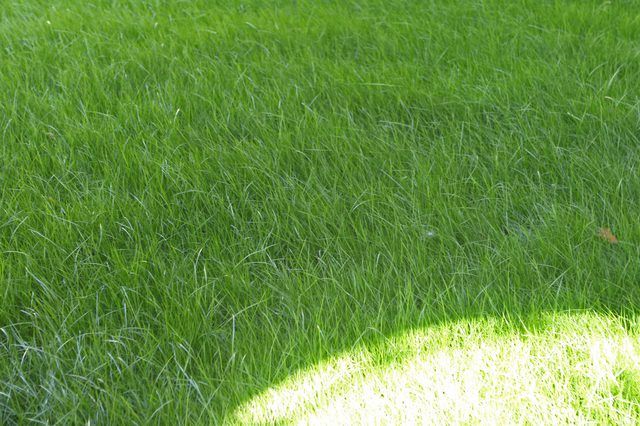Bulbs
Flower Basics
Flower Beds & Specialty Gardens
Flower Garden
Garden Furniture
Garden Gnomes
Garden Seeds
Garden Sheds
Garden Statues
Garden Tools & Supplies
Gardening Basics
Green & Organic
Groundcovers & Vines
Growing Annuals
Growing Basil
Growing Beans
Growing Berries
Growing Blueberries
Growing Cactus
Growing Corn
Growing Cotton
Growing Edibles
Growing Flowers
Growing Garlic
Growing Grapes
Growing Grass
Growing Herbs
Growing Jasmine
Growing Mint
Growing Mushrooms
Orchids
Growing Peanuts
Growing Perennials
Growing Plants
Growing Rosemary
Growing Roses
Growing Strawberries
Growing Sunflowers
Growing Thyme
Growing Tomatoes
Growing Tulips
Growing Vegetables
Herb Basics
Herb Garden
Indoor Growing
Landscaping Basics
Landscaping Patios
Landscaping Plants
Landscaping Shrubs
Landscaping Trees
Landscaping Walks & Pathways
Lawn Basics
Lawn Maintenance
Lawn Mowers
Lawn Ornaments
Lawn Planting
Lawn Tools
Outdoor Growing
Overall Landscape Planning
Pests, Weeds & Problems
Plant Basics
Rock Garden
Rose Garden
Shrubs
Soil
Specialty Gardens
Trees
Vegetable Garden
Yard Maintenance
How to Get Rid of Moss in a Lawn
How to Get Rid of Moss in a Lawn. Keeping your lawn lush and green is not always as easy as it looks. Any number of problems, including moss, will affect the health of the grass negatively. The conditions that moss requires to thrive are opposite that of grass. You can get rid of moss and reinvigorate the lawn by reversing the soil conditions.
Keeping your lawn lush and green is not always as easy as it looks. Any number of problems, including moss, will affect the health of the grass negatively. The conditions that moss requires to thrive are opposite that of grass. You can get rid of moss and reinvigorate the lawn by reversing the soil conditions.
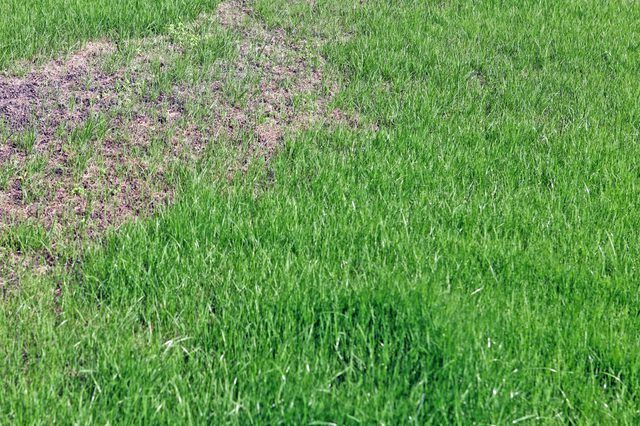
Things You'll Need
Metal pipe probe the soil
Rake
Spading fork
Manual sod-coring tool
Fertilizer
Grass seed
Water
Tree/bush trimming tools
Step 1
Moss thrives in moist, shady areas and prefers compacted, acidic soil. According to Clemson University Cooperative Extension Service, it is not true that moss kills grass. Moss grows where there is no grass. When a lawn is sparse and struggling, moss is more likely to flourish.
The first step in ridding an area of moss is to loosen compacted soil. Clemson suggests, in determining if the ground is truly compacted, that a soil probe should be used to remove sample plugs of soil. A metal pipe with a 1/2- to 3/4-inch-diameter can be used. Clemson also said that the probe should be able to go into the soil 4 to 6 inches without much effort. Check the samples for small, white grass roots. If the soil is compacted, the grass roots will be shallow.
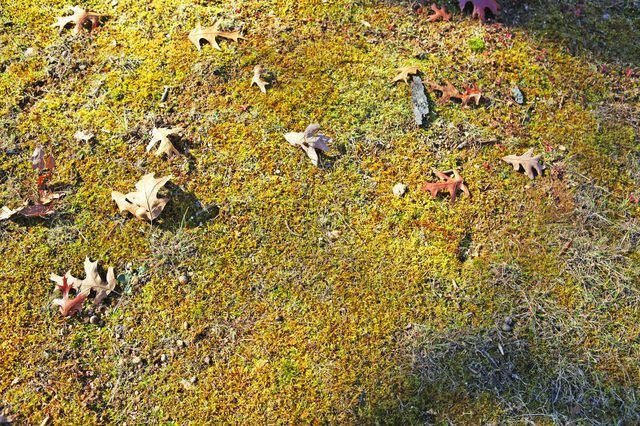
Step 2
Rake the mossy area vigorously and remove as much as possible. If the ground is compacted, aerate the soil. The Clemson Extension Service said an inexpensive spading fork or manual sod- coring tool can aerate soil effectively. If the area is large, rent a power-driven core aerator from a lawn and garden center or hire a lawn care service to aerate the soil.
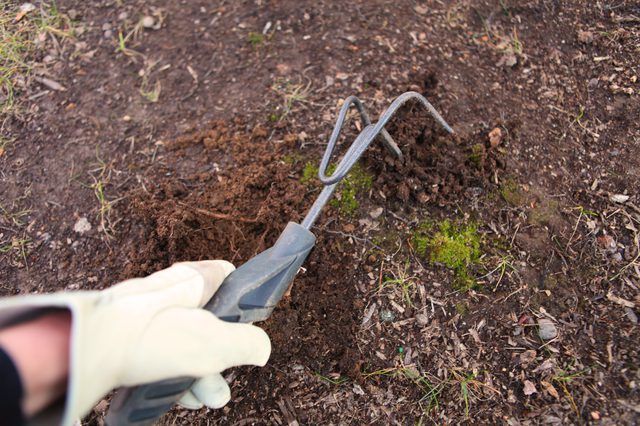
Step 3
University of Illinois Extension's Lawn Talk (see "References" below) says if moss is growing, you can assume the lawn lacks essential nutrients. Take a small sampling of soil to the local county extension office and get a pH test. If the soil lacks necessary nutrients, the extension office or other lawn and garden store specialist can offer advice in the most effective fertilizer for the conditions, depending on what region you live in.
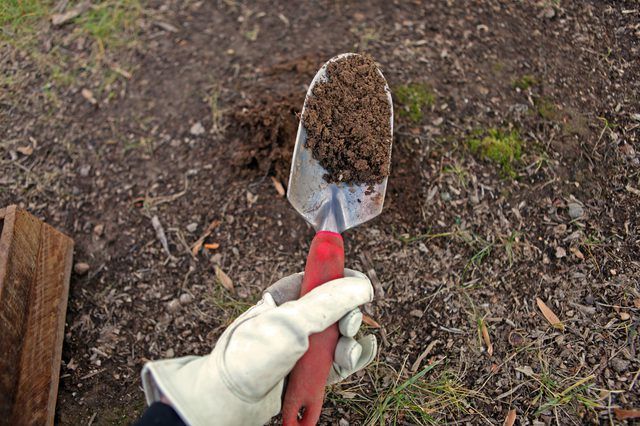
Step 4
After the moss is gone, apply ground limestone to counteract the acidic conditions in the soil that can inhibit grass growth. Grass grows best in soil with a pH value between 6.5 and 7.0. Ask the extension agent or store specialist how much lime to use on a lawn the size of yours.
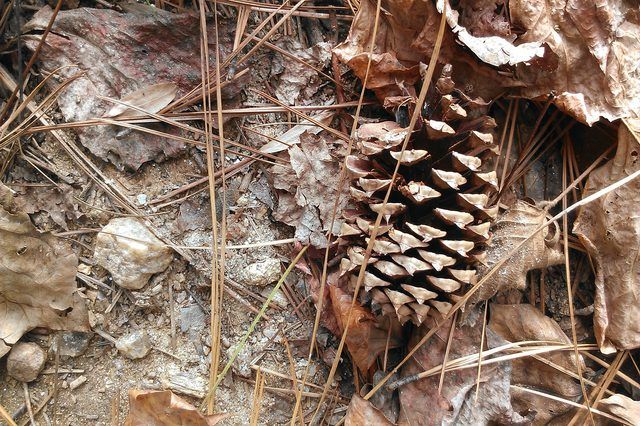
Step 5
Reseed the bare area. Do this well after liming the area to prevent killing the young seedlings. Sow a generous amount of grass seed over the bare area. Cover the seeds with about 1/4 inch of loose soil; water regularly until the seedlings take root. If an area gets less than four hours of sun a day, grass is not likely to do well, so a shade tolerant ground cover might work better.
Once the problem of compacted, acidic, nutrient poor soil is addressed, the lawn will be healthier. This coupled with more sun and less moisture should eliminate moss problems completely.
